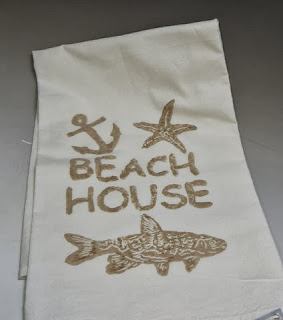 |
| Fused glass and wire wrap by Siyeh |
We have several artists that do fused glass.
What is it?
It is glass that has bee fired in a kiln between 1100 degrees to 1500 degrees. The difference in the temperatures results in different effects on the glass.
Slumping is done at the lowest temperature, in other words the glass is heated to between 1100 and 1250 degrees - and it will bend into the shape the mold the glass is set on.
 |
| Example of tacking |
And full fused glass is fired at 1350 to 1500.
Shown here - a jellyfish panel by Stan Harmon - full fused.
 |
| Example of full fusing by Stan Harmon |
Most fusing methods are don by staking layers of glass to create their design. The stack is placed into the kiln and the temperature is risen slowly until the pieces begin to fuse together. The temperature is then allowed to drop back down to 1050 then allowed to soak, or sit at a particular temperature, then taken down further and soaked again. This prevents it from cooling unevenly and creates a stronger piece. The cooling phase can take 10-12 hours.
 |
| Steven Palmer, Fused then slumped |
The glass will not be removed from the kiln until it reaches room temperature.
The temperatures can vary depending on the size of the kiln, the size of the project, the number of layers and so on.





























